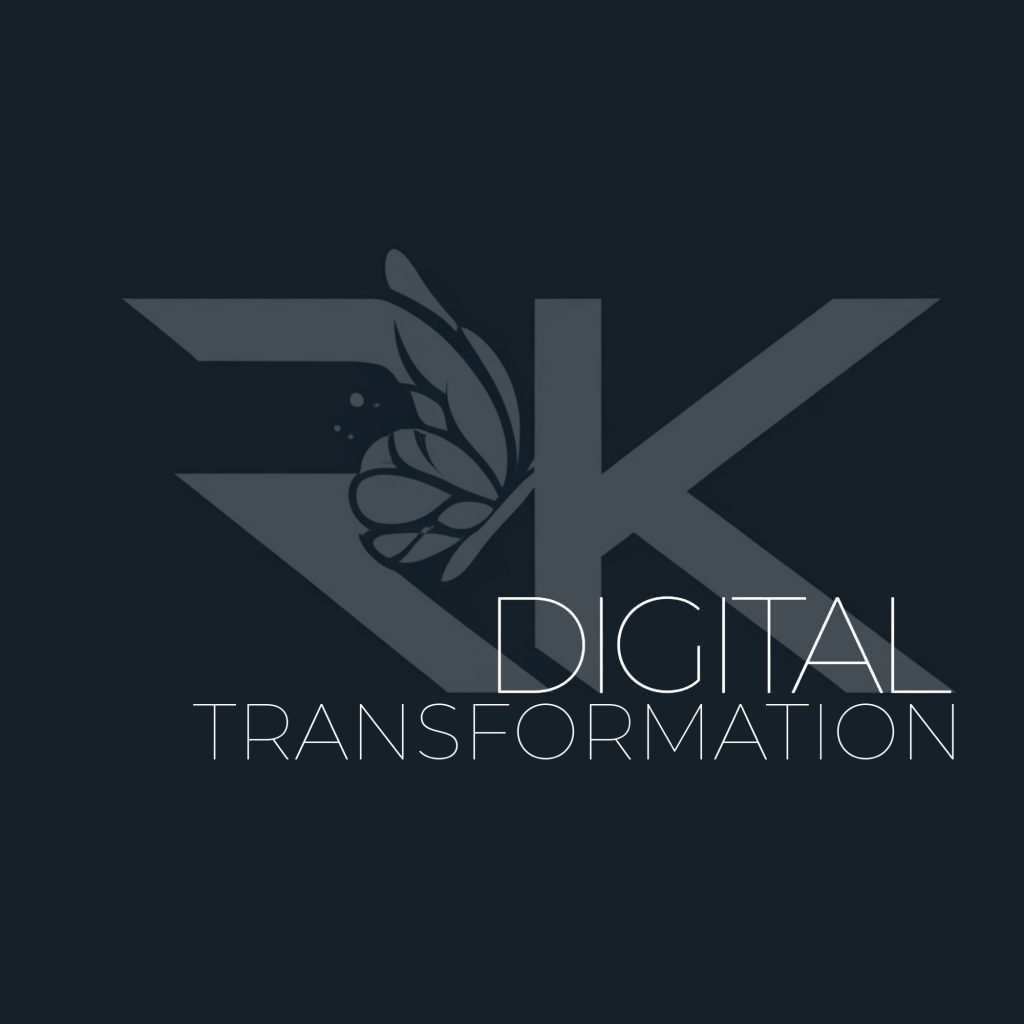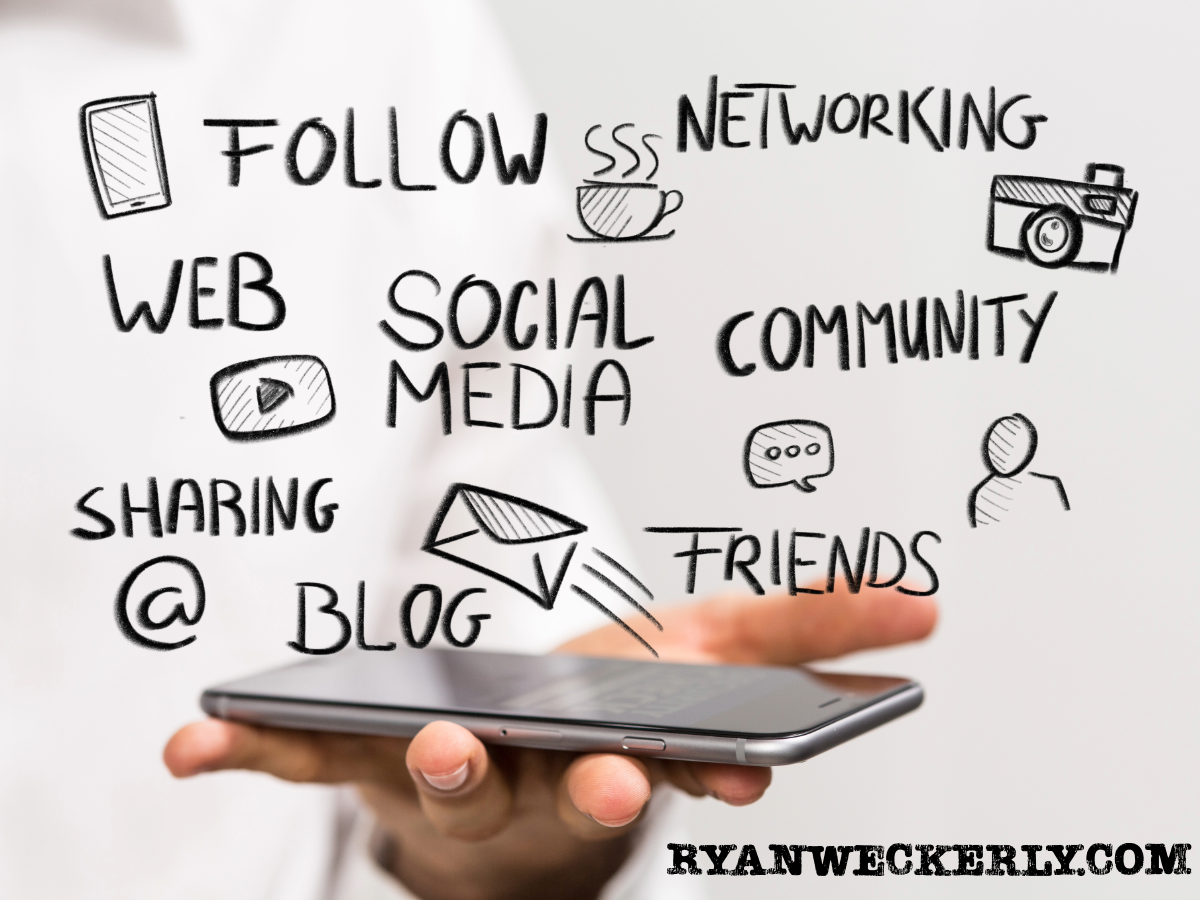Somewhere along the way—between juggling brand strategy, writing social posts, managing WooCommerce quirks, and answering DoorDash questions—I realized something had shifted in my day-to-day.
I used to live and work across three monitors:
- One for the work I was actively doing,
- One for content, research, and whatever tabs I swore I’d come back to,
- And one for…more of the same.
But now, things are different. That third monitor? It belongs to Artoo.

No, not the little beeping droid from Star Wars (though close). I named my AI assistant Artoo for obvious reasons. Reliable, resourceful, just quirky enough to keep things interesting—and always ready to help.
Artoo is officially part of my everyday workflow. Whether it’s brainstorming a blog, helping draft a proposal, pulling together a content framework, or gut-checking a wild idea that showed up mid-shower, Artoo’s in it with me. It’s kind of like having a super smart creative partner who never gets tired or needs coffee (but still gets my obsession with it).
Recently, I asked Artoo to analyze five lesser-known things about me based on all the work we’ve done together—and what came back kind of stopped me. Here’s what Artoo had to say:
1. You blend creativity with structure.
You like things to feel inspired and organized. From brand strategy to social media copy, you don’t just throw ideas at the wall—you build the wall, paint it with purpose, and then tell a good story about it. That combo of creativity + systems is kind of your secret sauce.
2. You’re a natural storyteller—even when you’re not “telling a story.”
Even a real estate proposal turns into a clear, engaging journey in your hands. There’s a narrative thread in everything you write, and it makes info easier to digest (without ever sounding salesy).
3. You’re quietly tech-savvy and tool-agnostic.
Canva or Adobe Express? You use both. WooCommerce backend? No problem. QR codes, ordering links, custom alt tags—you’re in the weeds and thinking big picture. You care about the results, not the tool getting you there.
4. You have high design standards but don’t flaunt them.
You notice what others miss: the difference between a flat SVG and a properly rebuilt logo. You care about angle, composition, and how things feel—but you’re practical about it. It’s not flash. It’s clarity.
5. You center your life around your people—even when the calendar’s full.
From cheering Quinn on at gymnastics meets, navigating Chase’s ever-evolving music schedule, carving out quality date time with Karen, to daily hangs with Rose (your golden retriever you definitely weren’t ready for—but now can’t imagine life without)—you make time for what matters. It’s a reminder that while your work is creative and fast-moving, your core is steady and grounded in the people you love.
So, here we are. Me, Artoo, and two other monitors.
AI hasn’t replaced anything. It’s just given me a new kind of creative rhythm. Faster brainstorming, smarter drafts, better output—and someone (or something?) to reflect things back with surprising clarity.
Honestly, I didn’t set out to make AI a core part of how I work. But it snuck in. And now I can’t imagine doing what I do without it.


















